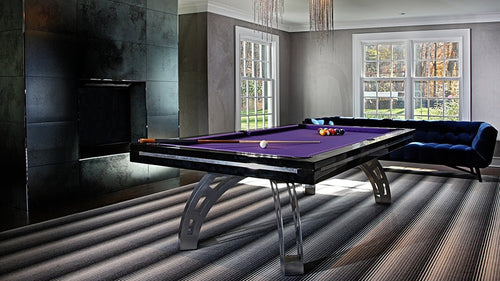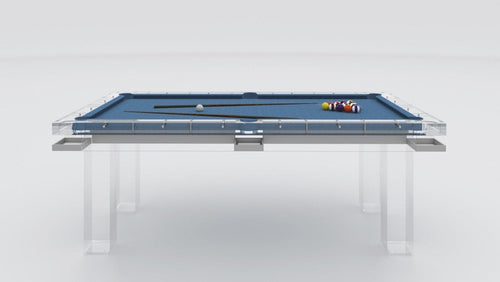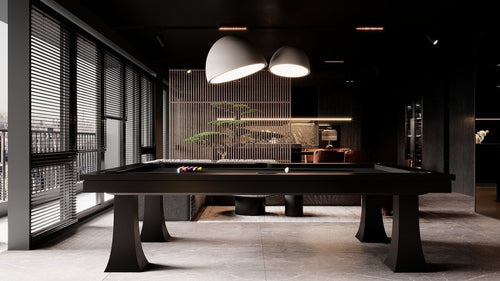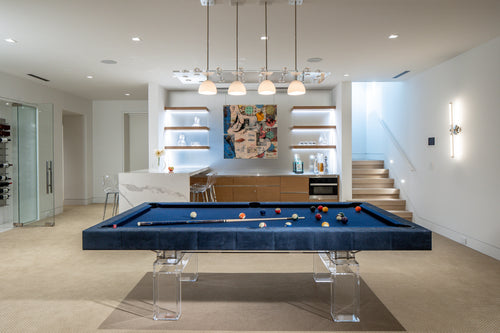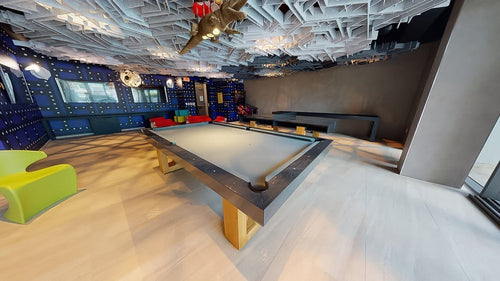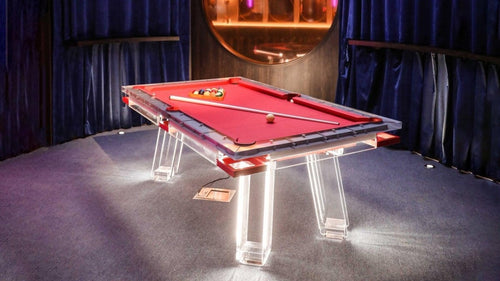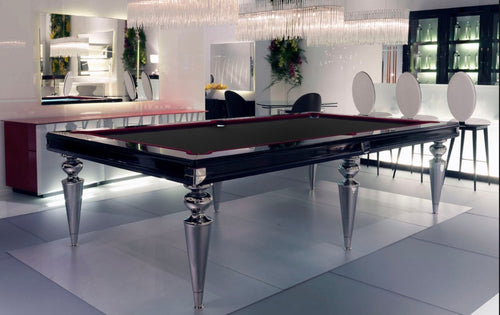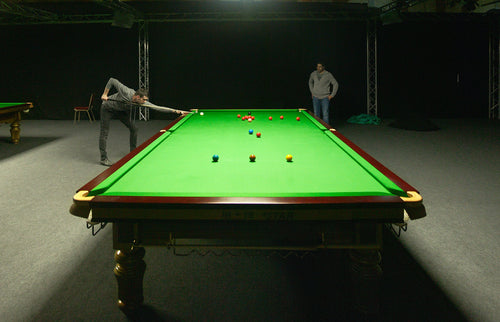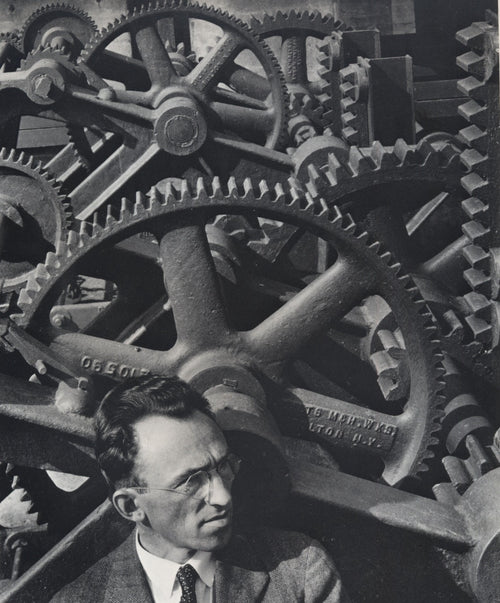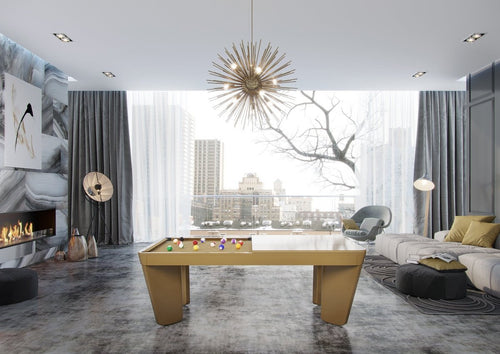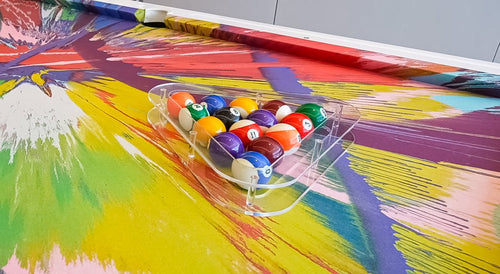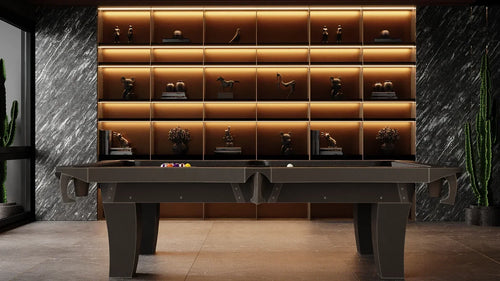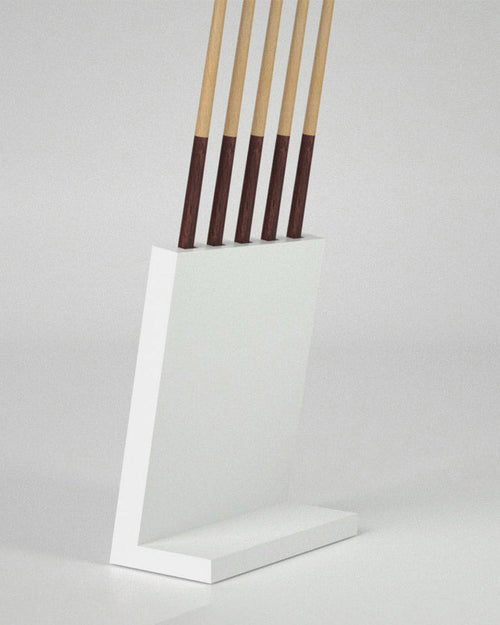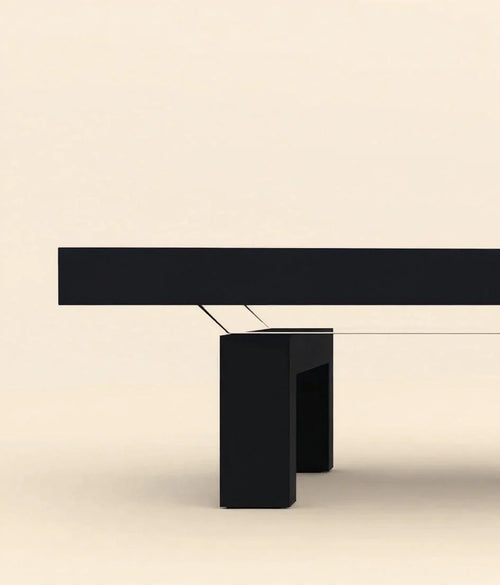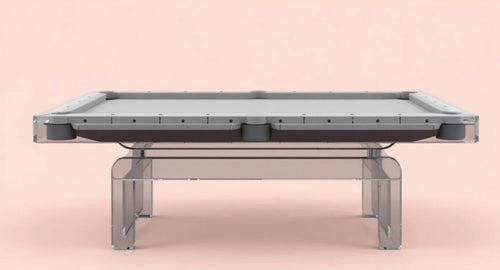Enjoy our modern designs
Estimated Read Time: 7 mins |
When people imagine interior design, they often envision mood boards, color swatches, and elegant furniture choices. Yet behind these artistic elements lies a structured, iterative design process—one that serves as the foundation of every successful project. This systematic approach does far more than create beautiful spaces; it ensures that client needs, practical considerations, and regulatory requirements are all balanced effectively from concept to completion.
A Structured Framework for Design
At its heart, the interior design process provides a methodical framework for translating client goals into cohesive spatial solutions. Instead of relying on intuition alone, interior designers use a step-by-step approach to:
- Collect and Analyze Information: Understand the functional, aesthetic, and behavioral needs of the project.
- Generate Ideas and Refine Concepts: Develop and test preliminary designs, narrowing them down to fit the client’s brief.
- Synthesize Everything into a Comprehensive Plan: Ensure every element—from furniture choices to accessibility guidelines—harmonizes within the interior environment.
By adhering to this structured process, designers can organize concepts, address constraints, and produce consistent, high-quality results.
Phases of the Interior Design Project
Although each project is unique, the design process typically unfolds in several distinct phases, mirroring broader project management principles.
-
Programming
This initial phase is like gathering puzzle pieces before assembling the picture. Designers collect insights on client goals, performance needs, spatial constraints, and budget. Techniques like client interviews, benchmarking, and questionnaires help paint a clear picture of the project’s direction.
-
Schematic Design
Next comes the brainstorming and concept development stage, marked by bubble diagrams, block plans, and early sketches. Designers explore multiple layouts, test furniture arrangements, and start considering materials—while keeping codes and accessibility requirements in mind. This is where ideas begin taking shape.
-
Design Development
After refining initial concepts, designers prepare detailed plans and presentation graphics, finalize material selections, and address technical concerns in collaboration with architects, engineers, and specialists. -
Preparation of Contract Documents
Design details are translated into construction documents—drawings, specifications, and schedules—that guide contractors and suppliers. -
Contract Administration
With bids accepted and contracts awarded, the project progresses to construction and installation. Designers coordinate with contractors, track orders for furnishings, and oversee the finishing touches—managing timelines, budgets, and quality control.
Throughout each stage, regular communication with the client ensures that every decision aligns with the original vision while remaining flexible to necessary adjustments.
Iteration and Refinement
A key hallmark of the design process is its iterative nature—testing, evaluating, and refining ideas until a final solution emerges. Even a loose sketch can evolve into a robust scheme through repeated exploration, ensuring the balance between creativity, function, and safety.
Collaboration and Client-Centered Thinking
Interior design projects are multifaceted. Designers often collaborate with architects, engineers, contractors, and technical consultants to coordinate every aspect of a space—from lighting layouts to HVAC considerations. Equally crucial is client engagement; ongoing feedback ensures that the final environment feels both personal and purposeful.
More Than Just a Pretty Space
The design process extends well beyond aesthetics. It also addresses:
- Code Compliance: Ensuring every plan meets health, safety, and welfare standards.
- Functional Efficiency: Strategizing traffic flow, storage solutions, and ergonomic needs.
- Project Management: Overseeing budgets, timelines, and deliverables for successful completion.
- Long-Term Value: Using evidence-based design (EBD) and post-occupancy evaluations to drive continuous improvement.
The Professional Edge
Mastering the design process is a cornerstone of professional interior design. Experienced designers learn to map out, document, and manage every element of a project, ensuring a well-coordinated experience for both clients and stakeholders.
Whether tackling a high-rise condo remodel or creating a welcoming retail space, this iterative, structured process enables designers to produce results that are visually compelling, highly functional, and delightfully immersive. In essence, the design process is the roadmap that guides creative vision from a conceptual spark to a tangible reality—demonstrating that interior design is as much about thoughtful problem-solving as it is about artistic flair.



